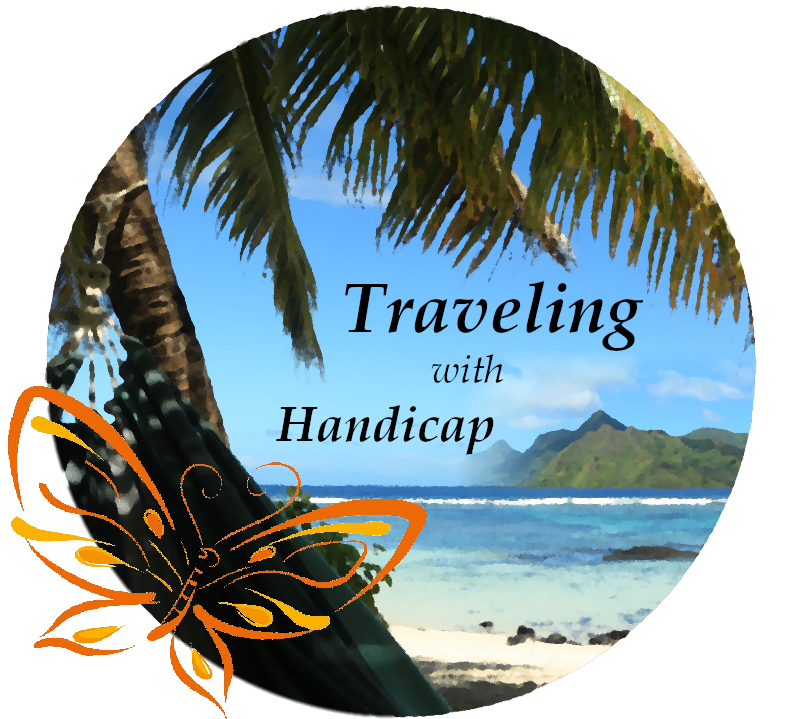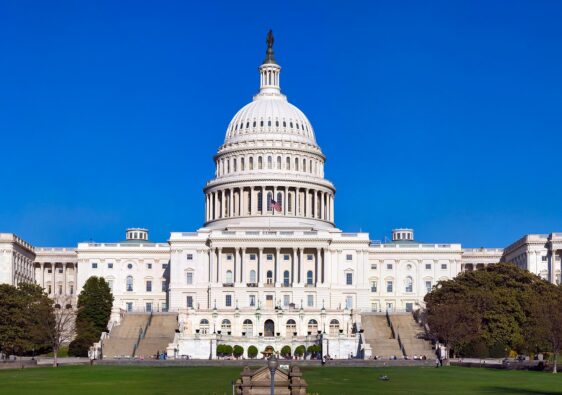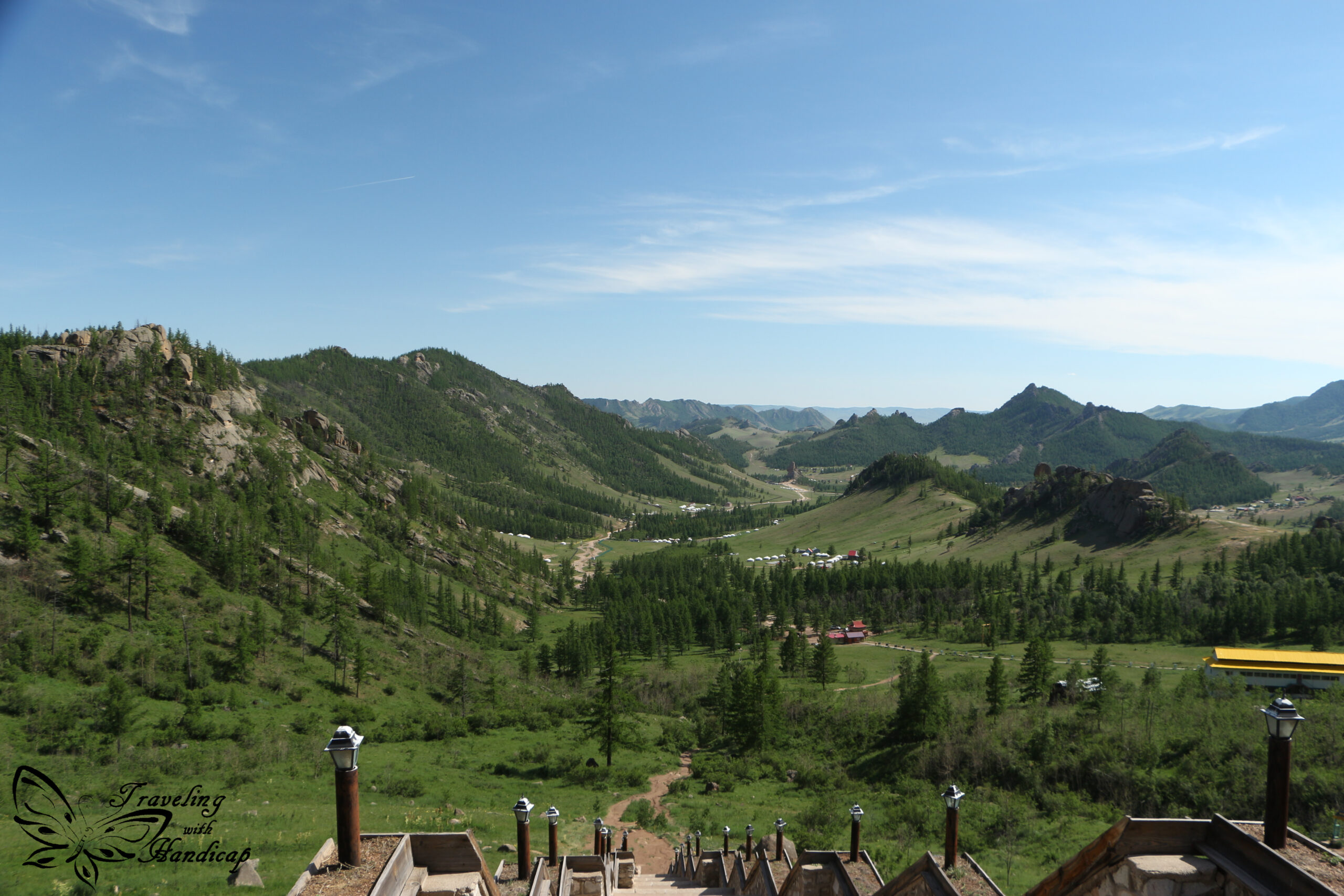A journey is best measured in friends rather than miles.
Tim Cahill
Machu Picchu is the most well-known place within Peru I assume, followed by Cusco. If you want to visit Machu Picchu, you would have to make your way to Cusco and continue (approx. 100 km) from there. Cusco was my first stop within Peru, flying from Porto Alegre (Brazil) to Lima and continuing on a domestic flight to Cusco. Taking the domestic flight to Cusco made my ticket just €10 more expensive, so definitely a good deal. Moreover, I am considering to take the route north, starting in southern Peru and heading to the north, towards Ecuador and Colombia.
Cusco
Cusco is a city in the southern Andes of Peru, at 3416 m altitude. Even though I came from low altitude (Porto Alegre), I didn’t need some days to acclimatize. Maybe because of my experience and many days I spent on altitude in Bolivia around La Paz. Usually, it is recommended to spend a few days in Cusco and take it slowly to acclimatize. Only after that hikes to even higher altitudes or for multiple days (Salkantay, Inka Trail etc.) are recommended. There are plenty of former Inka temples and churches to visit, embedded in great atmosphere. The historical context of all sites goes far beyond writing here, there are Wikipedia pages for individual museums, temples, and sights.

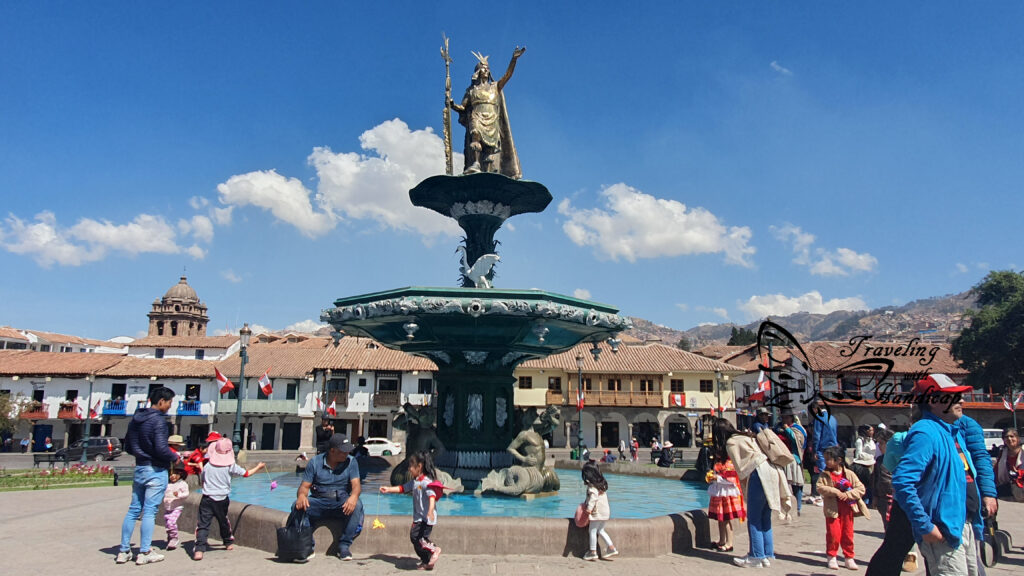

The boleto turistico
In order to visit certain temples or museums in and around Cusco, you need to get the so called boleto turistico (tourist ticket) which is a one-time entrance fee to a variety of places including the Valle Sagrado. You need to bring this ticket to all the places, and it gets stamped upon entrance. There is also a partial boleto turistico for only a few of the places. However, I would recommend the full ticket which include the places within the Valle Sagrado that tours approach as well as the temples around Cusco.
With my disability card, I could get the boleto turistico for the Peruvian rate instead of the foreigner’s rate. This was approximately half the price (70 soles instead of 130). Actually, it is worth taking the disability card everywhere since there are many discounts or free entrances, even though it’s no Peruvian document. I’m happy that Peru doesn’t stress around regarding the country of origin (as Chile often did with its discounts).


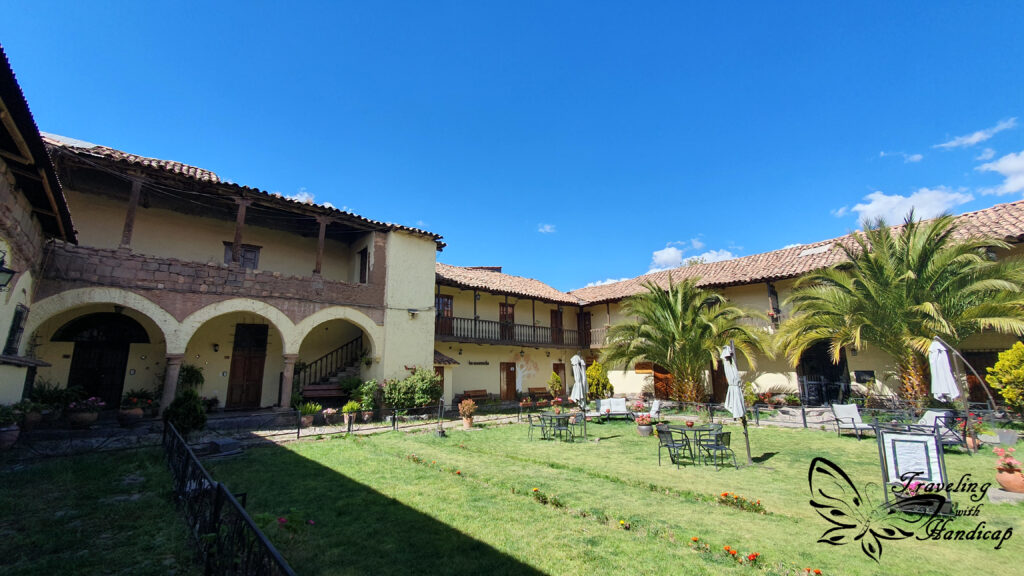
Where to stay in Cusco
There are plenty of hostels and hotels within Cusco. One recommendation though is to not go for the cheapest option. You get what you pay for. The very cheap places might not be well isolated or not offering hot water for showers. Since Cusco is at altitude, you might need a few days and/or nights to acclimatize. And within that time, it’s nice to not freeze at night. Moreover, some hostels are party hostels. I always carefully check the reviews on Hostelworld, Booking.com and Google Maps because I hate party hostels. A lack of “backpacker vibe” is not really bad, it rather states that you can get cheap accommodation without the continuous checking in/out and hassle of young backpackers.
I stayed in Viajero Cocopelli and had a great time. Nevertheless, I have to admit that I wouldn’t stay in Viajero hostels in other towns because they are mostly party hostels. Nonetheless, in Cusco, the breakfast was great, and the hostel is huge, so if you don’t have one of the few rooms next to the bar area, you don’t hear any noise. Also, reviews from different Viajero Hostels state that none reaches the quality and vibe of the one in Cusco.
Many backpackers book their tours with the agencies within the big hostels which I don’t recommend. I asked for some prices and figured out that they charge nearly twice as much as you get through local agencies directly. Don’t let yourself scam by people walking around in the Plaza de Armas. I asked other travelers which agencies they picked and found one with very fair prices and good quality. Niko’s Expeditions. He even made me a better price as I booked three tours with him and asked me regarding feedback on all tours.
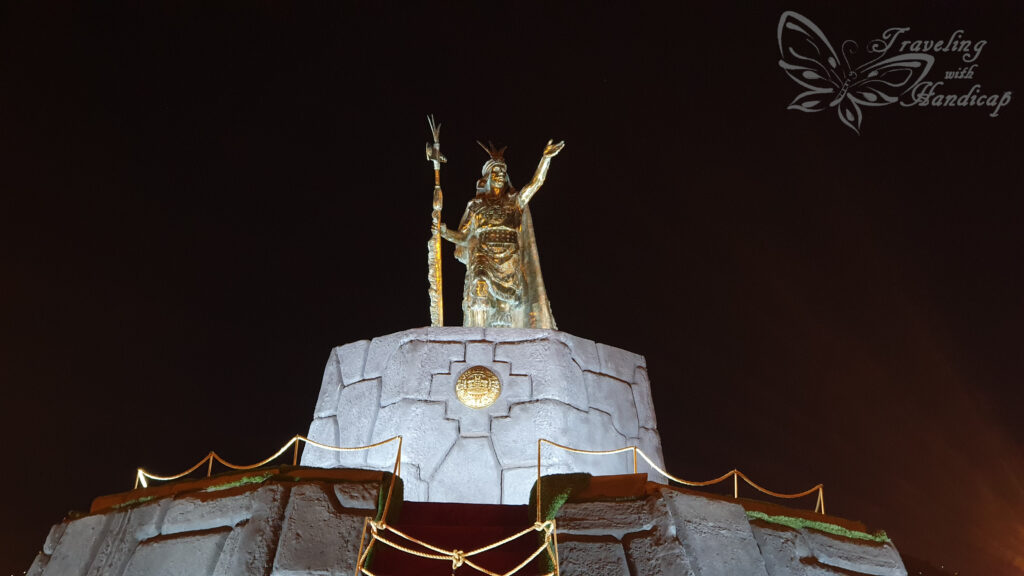
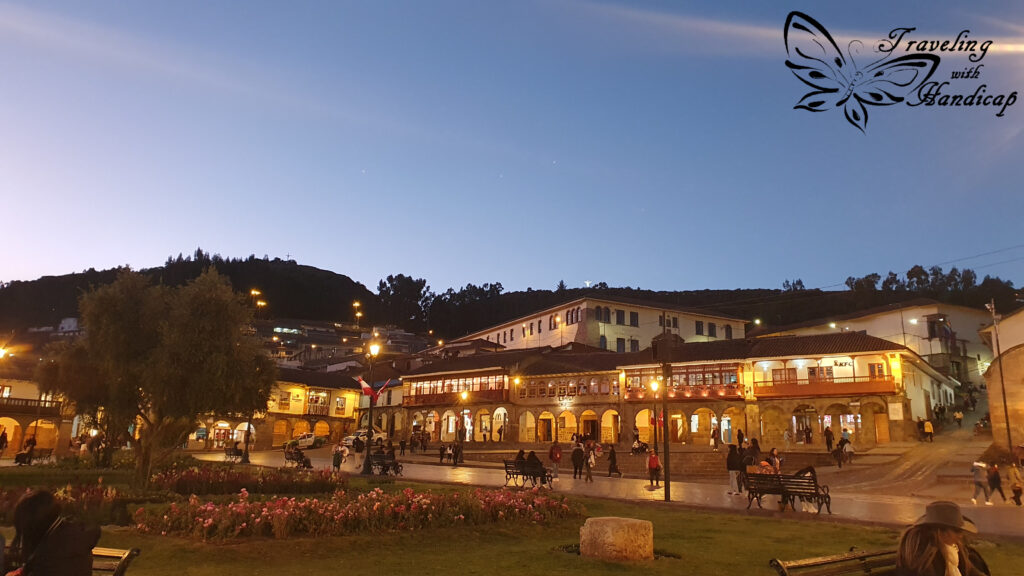
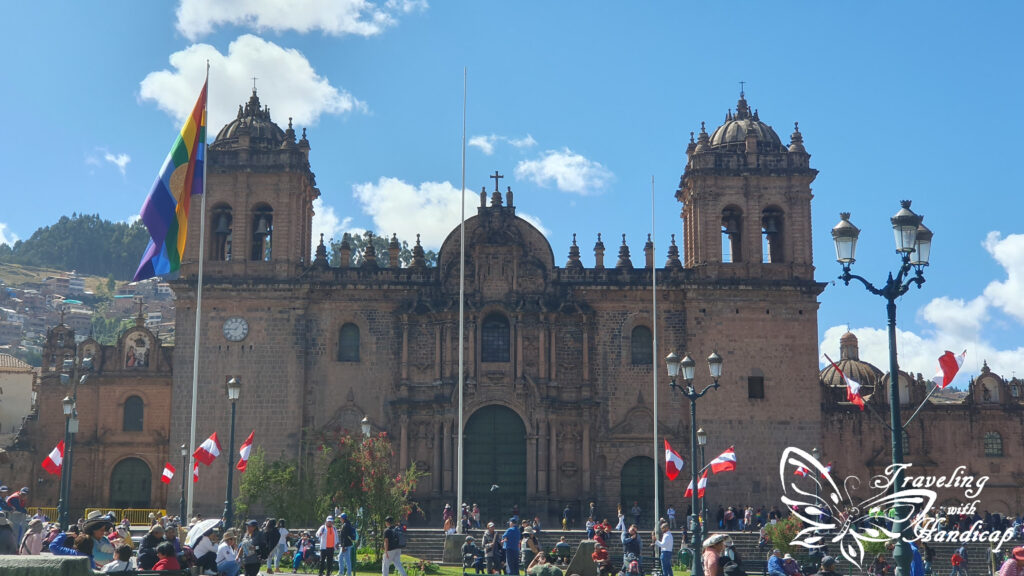
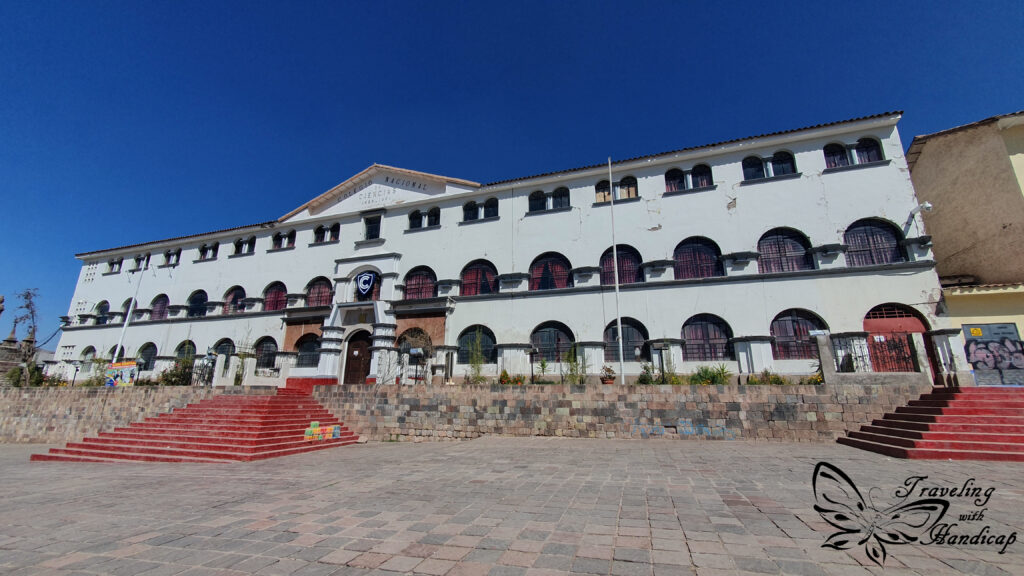


City Center
I started exploring Cusco through a free walking tour. We started at the Plaza Regocijo and walked around in the historic city center. The center has been listed as a UNESCO World Heritage Site in 1983. So if you visit Cusco, you will find a well maintained center with finished and colored houses. Beyond the city center, Cusco started growing, and these houses are just as everywhere else in Peru, not any special or not finished (for tax reasons). Nevertheless, as a tourist, you will most likely not visit those outer parts, as they are beyond walking distance from the Plaza de Armas.
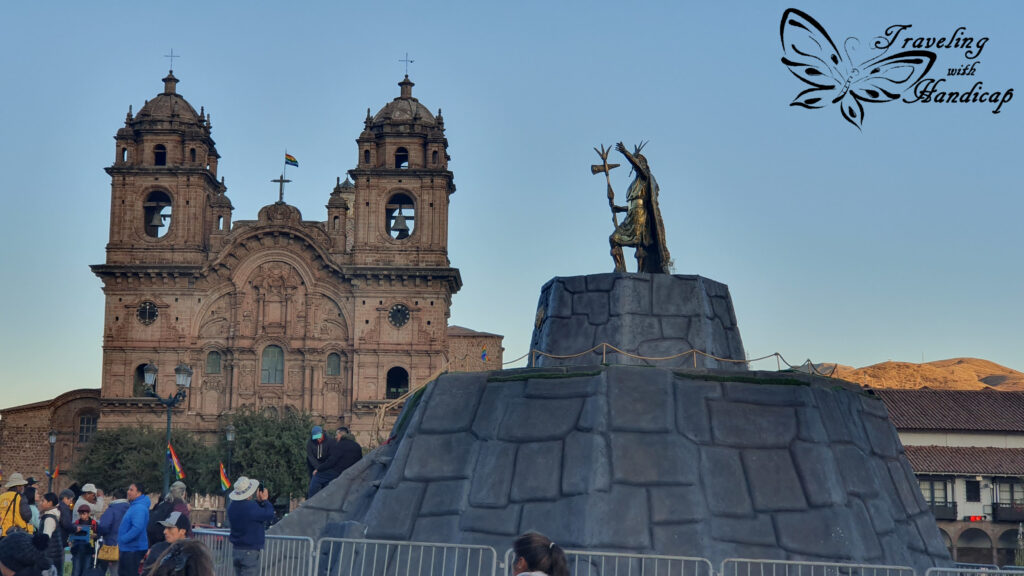


The Plaza de Armas is very beautiful. However, there are many people trying to sell any souvenirs or tours (mostly scams). It gets annoying if you try to just sit down and enjoy the view for a few minutes. Honestly, this is almost impossible. Therefore, I recommend one of the restaurants and cafés having balconies with seats on the second floor. The other squares like Plaza Regocijo and Plaza San Francisco are less covered by sellers, so more relaxing to chill there.
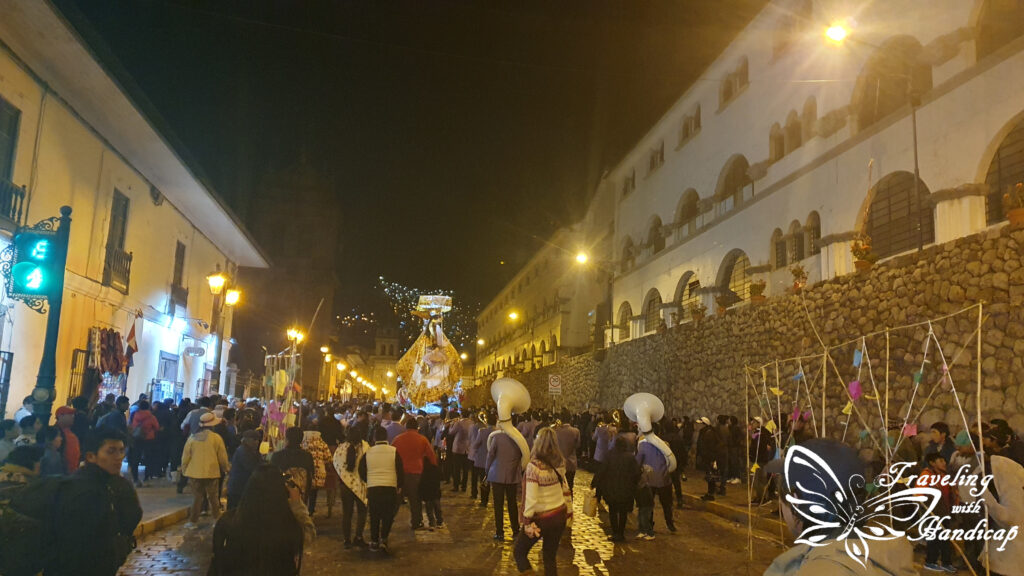


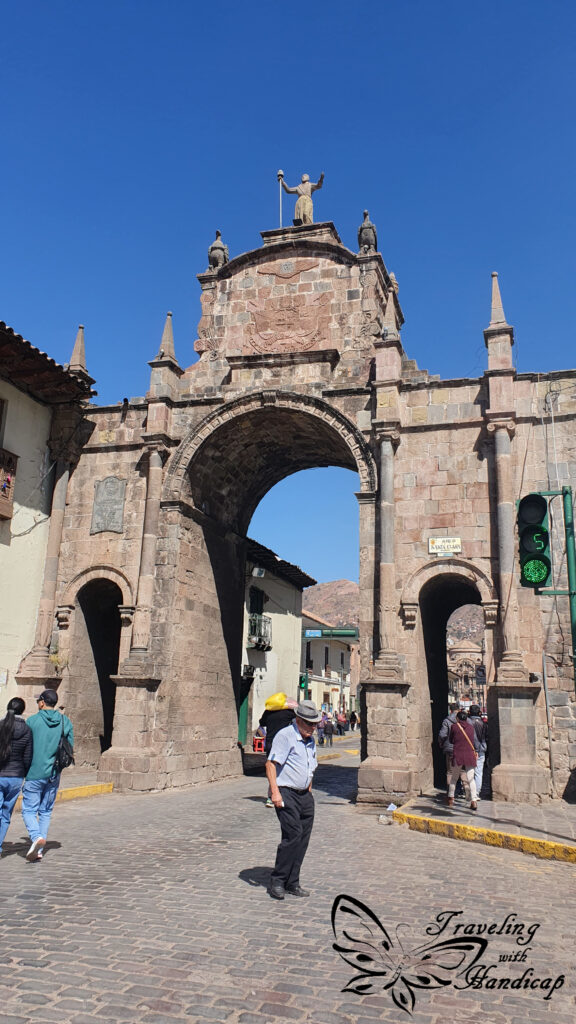

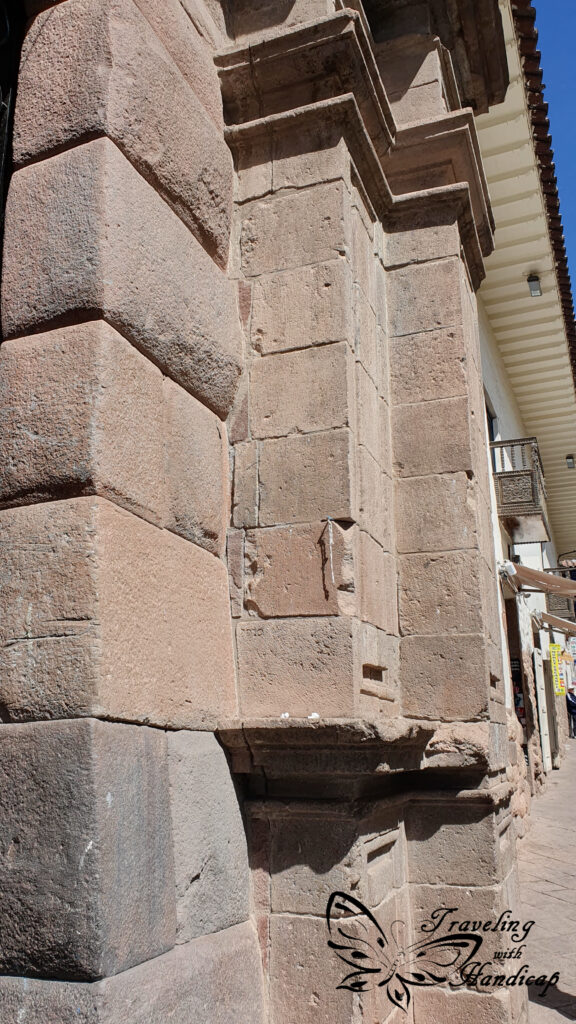
Markets
With the free walking tour we visited the San Pedro Central Market. There are many little stores of locals selling a variety of food and drinks. I once tried a breakfast in the market and twice a freshly pressed juice. The juice was especially nice. However, I didn’t want to try any other food as it was either as expensive as in proper restaurants or really cheap and not looking too trustworthy.
I heard that someone got sick from a meal from the San Pedro Market but recommended the Mercado “San Blas” much more. I haven’t tried the San Blas market as it was a longer walk from my hostel. In the end, I preferred having my breakfast in the hostel and then going to a restaurant for dinner.


Churches
There are many churches across Cusco. Unfortunately, it was forbidden to take photos in any of them. Since there are cultural festivals so often, across so many places, I also watched one. This festival included a mass in the Cathedral which I attended in parts (as many others). You need to convince the security guide that you don’t come as a tourist but to pray 😉 Nevertheless, in this context, I could take some pictures as many others did. The Cathedral is definitely worth a visit!


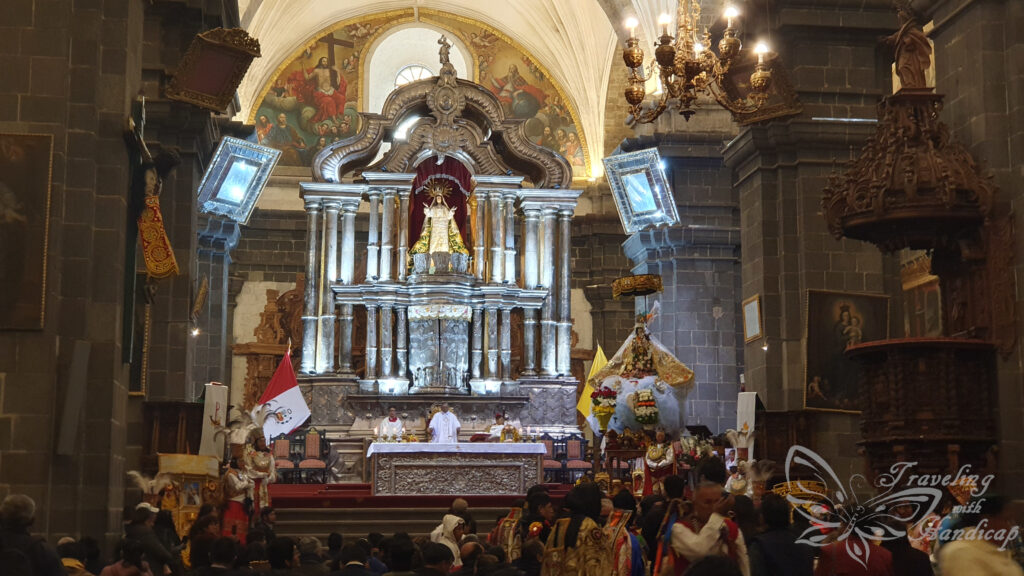
Two other churches I visited were the Iglesia de la Companía de Jesús and the Iglesia y Convento de San Francisco de Asís. The Iglesia de la Companía is also located on the Plaza de Armas. Actually, the highlight of this church was the balcony with a great view of the Plaza de Armas.


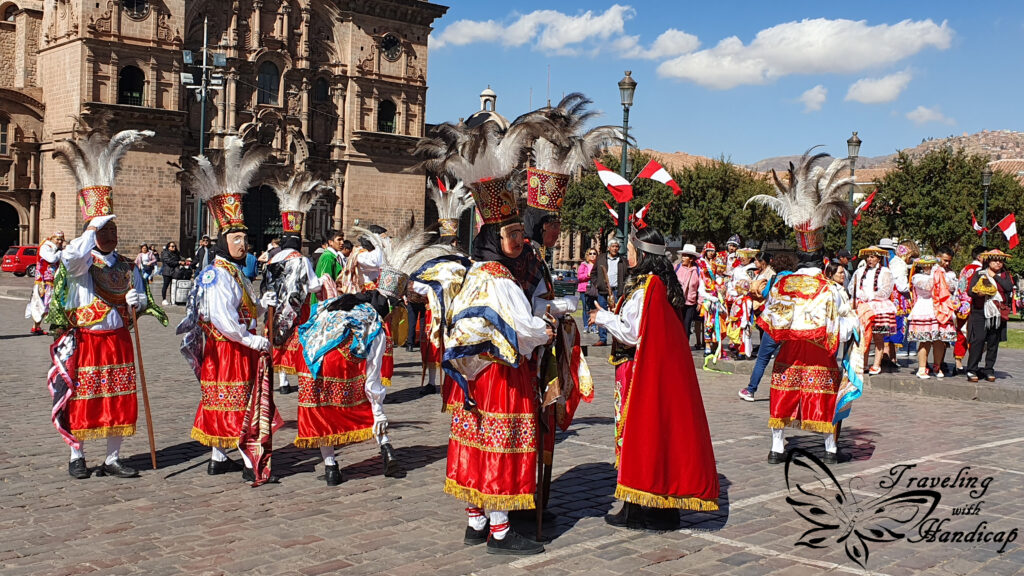
The most stunning church and convent I visited in Cusco was the Iglesia y Convento de San Francisco de Asís. While walking around, I felt like in the first years of colonial times. One of the highlights was the library with all these ancient books. Even though this church is not on the Plaza de Armas and a little hidden, it was my highlight and I highly recommend visiting it.
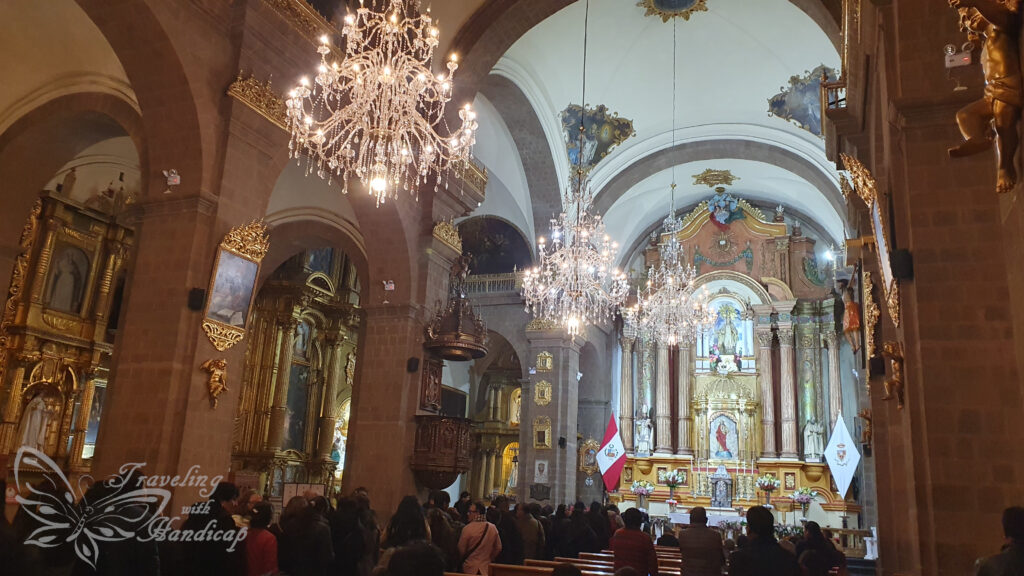
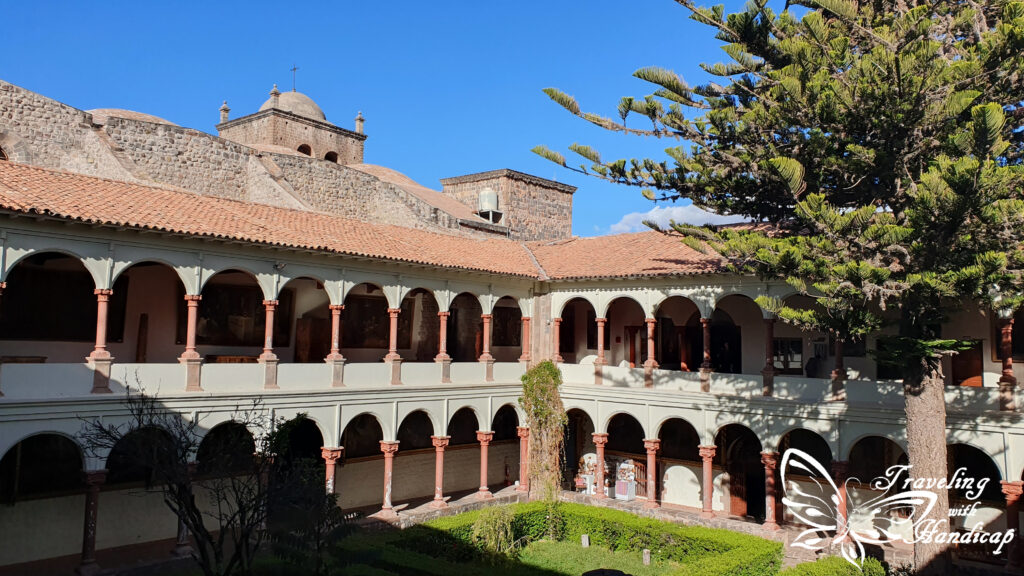

Museums
There are many museums across Cusco, Museum of Regional History, Contemporary Art, Popular Art and others. I am not a museum person, so I didn’t visit any of them. I just had a look through the windows of the Popular Art and decided against visiting it. As I was in Cusco, the former Inca capital, I focused on the plenty of Inca sights.
Inka ruins
Within the city center of Cusco there are some remains of the Inkas. In the Calle Hatunrumiyoc, there is a wall of the former palace of Inka Roca. This is an example of the excellent technic in the seamless blocking of huge stones. The most famous stone has twelve edges.
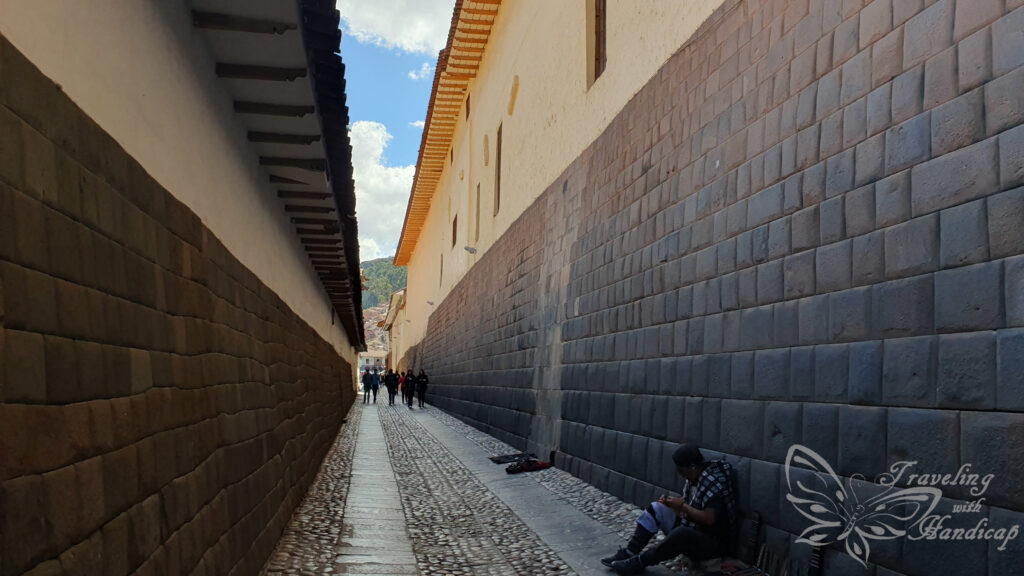

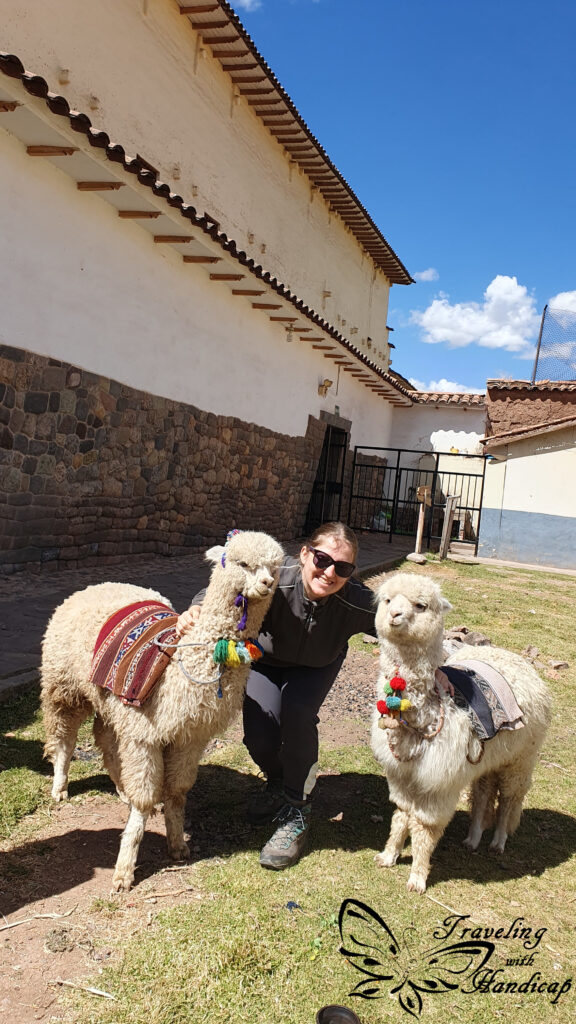
Another one is the Callejón de Siete Culebras, the road of the seven snakes. Some stones are decorated accordingly since the snake is a symbol for wisdom.
The highlight of Inka ruins is the temple of the sun Coricancha. There are oblique walls with trapezoidal niches and a 20-sided stone. I really liked visiting this site. It’s not just a small leftover, it’s a full museum.
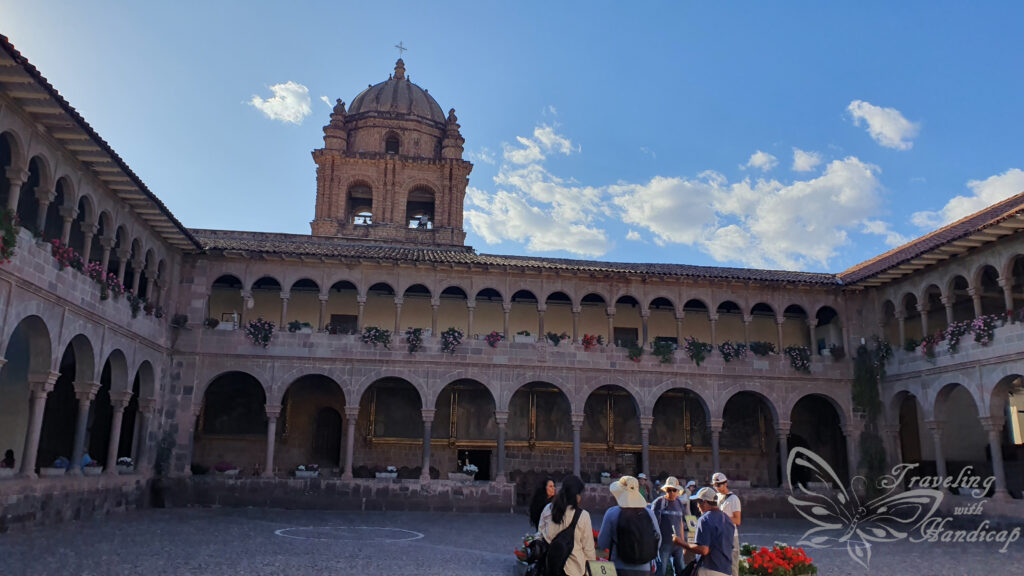





The many Inka temples around Cusco
What the tours visit
For the Inka ruins close to Cusco you don’t need to book a tour. You might as well get together with a group of people and get a private driver (quite cheap). If you like to walk, you might take a taxi to Saqsaywaman and walk around from there. Since it doesn’t take a full day to visit all sights, different tours and people start at different times. As such, there are always people, and it’s never rush-hour or overcrowded. These sights are close to Cusco, easy to be visited and worth it.
Cristo Blanco
Some tours start by visiting the Christ statue, others skip this one. It’s more like a short photo-spot because in the morning it is difficult to take pictures as the sun is behind the statue. However, taking pictures from Cusco, from the little mountain, is great. It’s possible to walk to this statue which is next to Saqsaywaman.
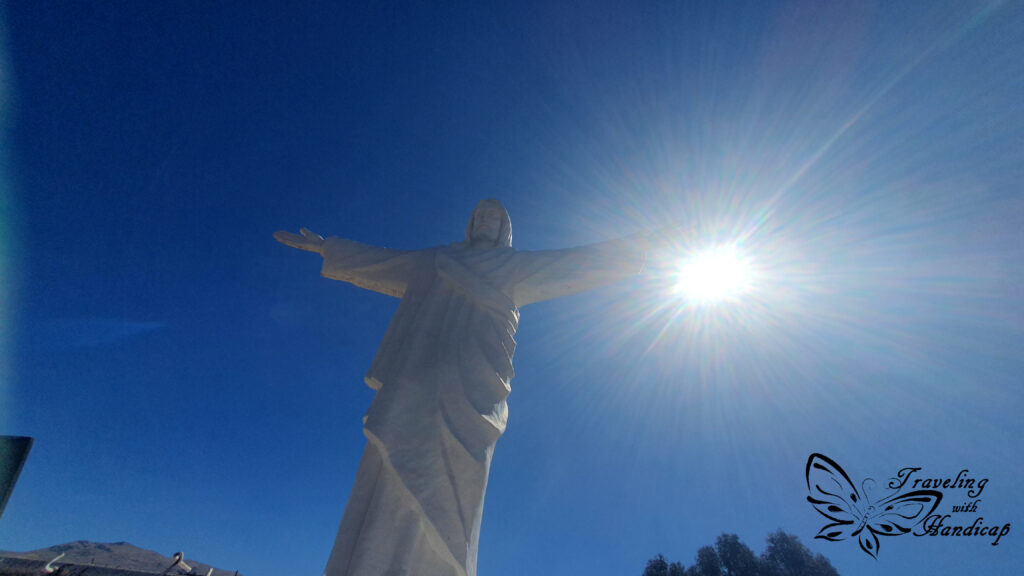
Qenqo
Actually, Qenqo is a very small site with a huge, jagged limestone. There is a fissure leading to the inside of the rock where dead people are believed to have been mummified. At the top there is a stone for observing the solstice.
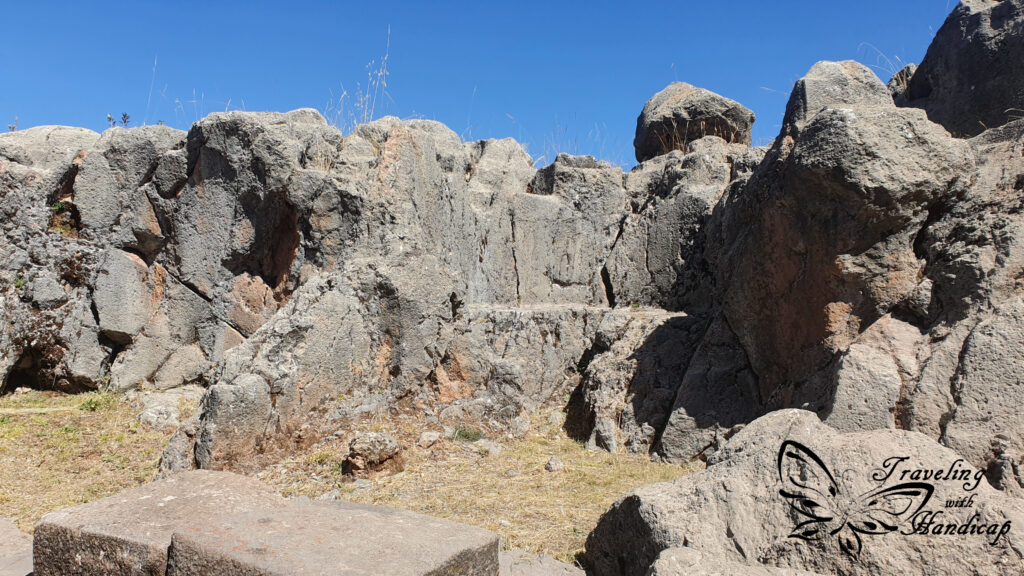


Saqsaywaman
Three km north of Cusco, on a little mountain, is the ruin city of Saqsaywaman. While the other spots of that tour are rather small and quickly to be visited, Saqsaywaman was my highlight. This is also the site of the expensive Inti Raymi festival. If you don’t want to pay above 250$ for a seat, you may either walk to one of the neighboring mountains or watch the free parades crossing the Plaza de Armas in Cusco. Walking across the ruin offers different perspectives and photo opportunities of both the ruin and Cusco.



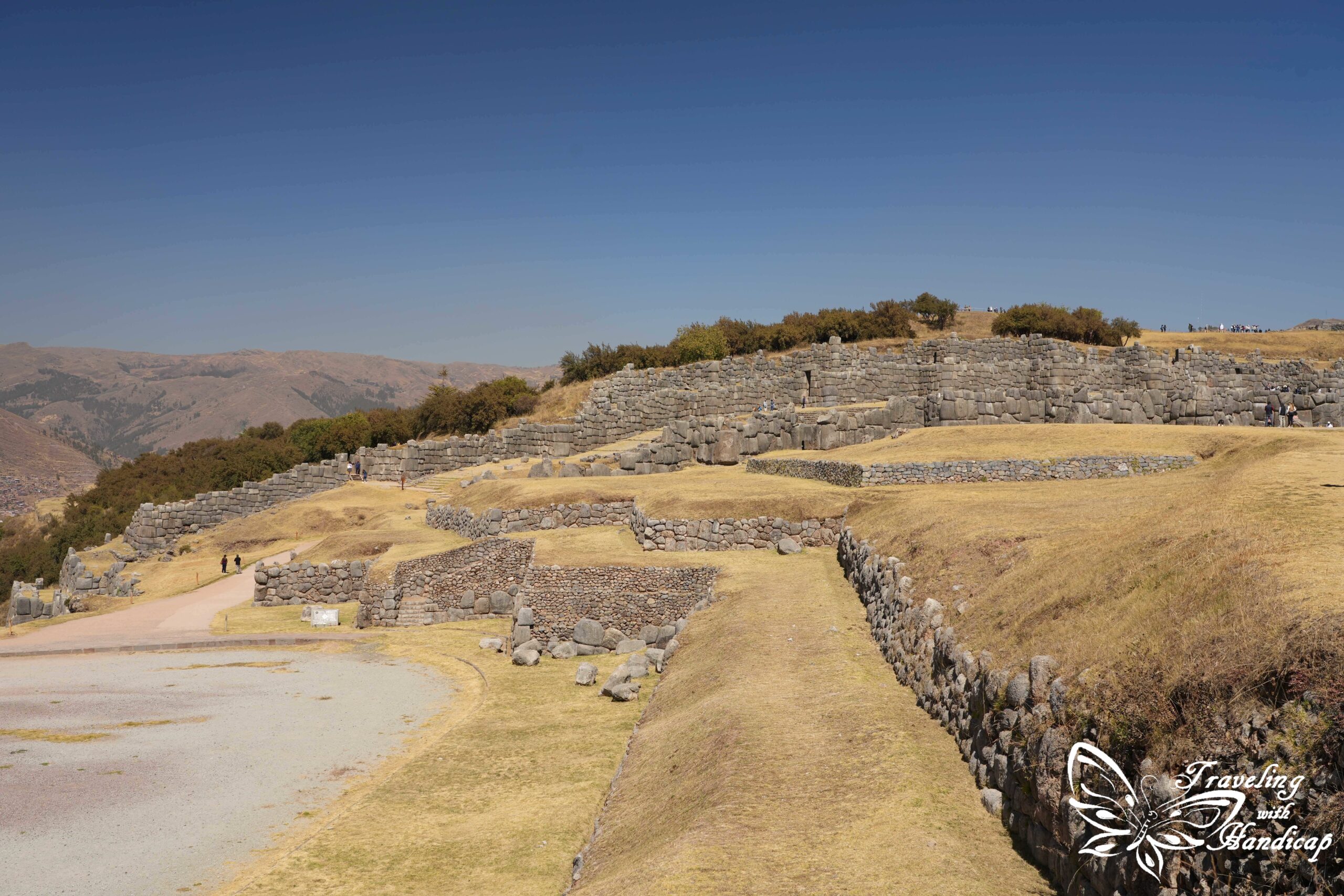
Tambomachay
Tambomachay is a water sanctuary located 8 km north of Cusco. There, the water pours in channels over four terraced levels. After visiting Saqsaywaman, Tambomachay feels very tiny. Nevertheless, it is interesting to see which skills the Inka had in distributing water.
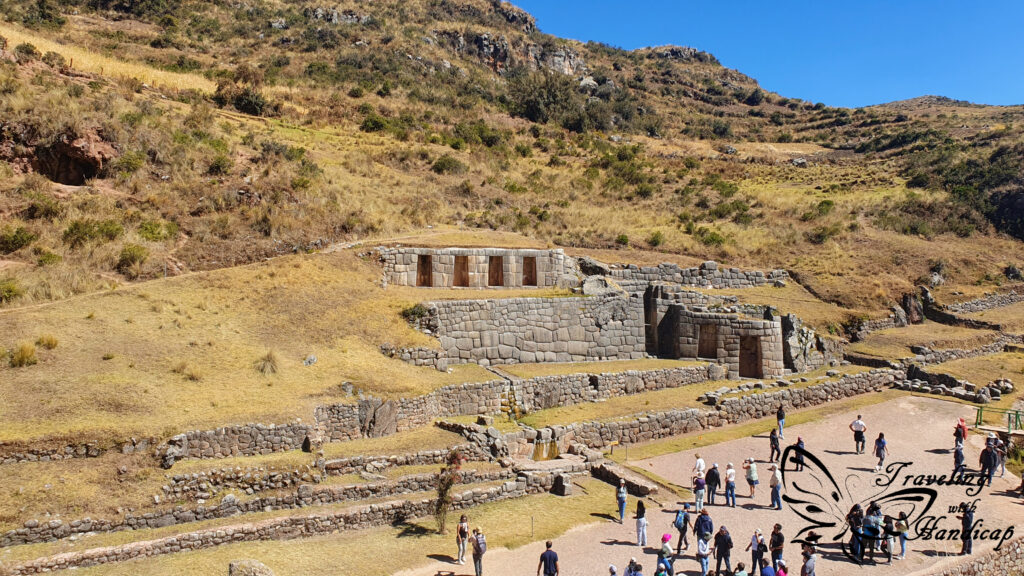

Puka Pukara
After the visit of Tambomachay, the last visit was Puka Pukara. This is a small hilltop fortress with towers, dwellings, and stairways. This fortress is visible from the viewpoint of the little rock facing Tambomachay.
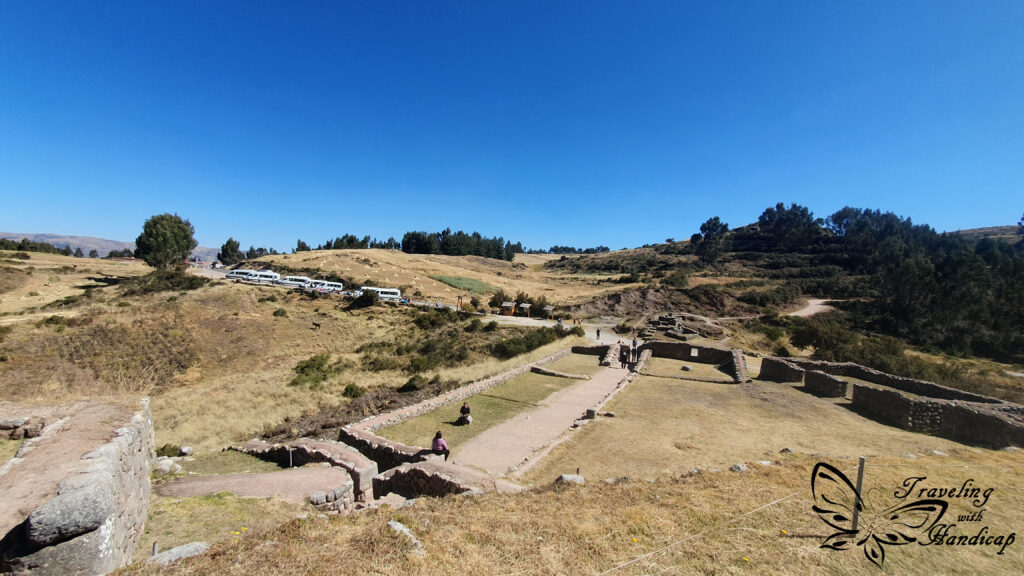

What else to do
In and around Cusco I read that you might also visit the Balcon del Diablo or Pikillaqta. The latter are ruins from the Wari culture. Moreover, I heard that the Pachapapa Restaurant in Cusco should be good. I haven’t seen or visited these two sights. Thus, I just like to mention them.
The Sacred Valley (Valle Sagrado)
The sacred valley is a fertile valley north of Cusco. It is characterized by flat and a few km wide alluvial plains between steep cliffs. There are many small towns and plenty of different Inka ruins. In the distance, you also see mountains high enough to be covered with some snow on the top. The valley is quite huge and definitely worth a visit. To me, some Inka ruins within the valley were as impressive, if not more, than Machu Picchu.
The only problem is that one-day tours do the valley in a rush. As you have to cover quite some distance, there is not much time at all sights but many in the car. However, staying two or more days in the valley would be better in my opinion. Especially if you have your own car or a group of people with a private driver. Then, you can spend more time at all the sights and visit many others which the one-day tours don’t. Moreover, all the tours have a quite similar schedule. So if you visit sights approximately one hour past the tours, you’ll be almost alone.
What the 1-day Valle Sagrado Tours visit
Centro Arqueológico de Chinchero
Chinchero is a small village northwest of Cusco. Its church has been built on top of former Inka ruins. When entering it, you still get a feeling for the arts of colonial times. Next to the church, there are many levels of fields where Inkas grew their plants. This area is also very important for potatoes growing in higher altitudes.
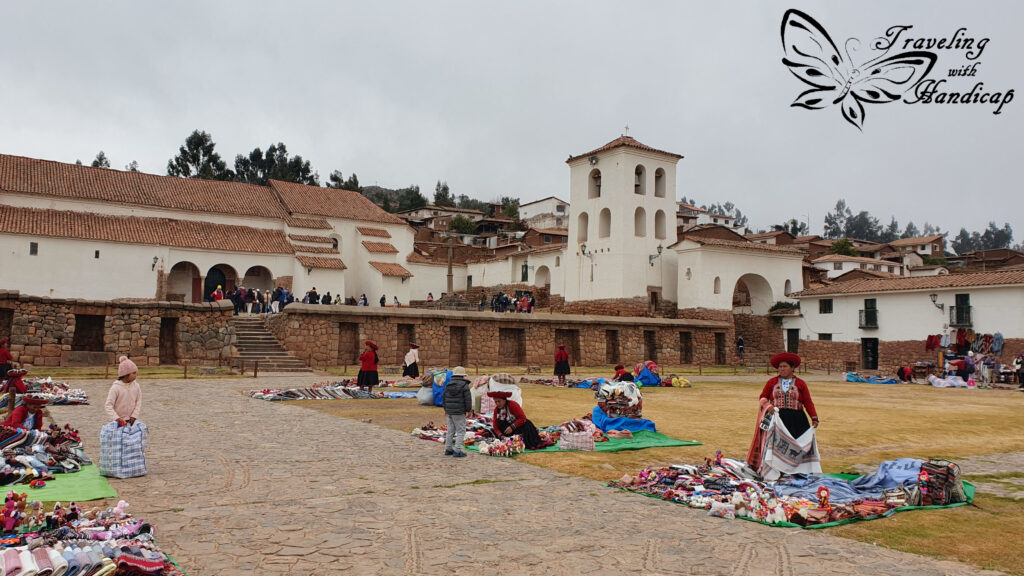

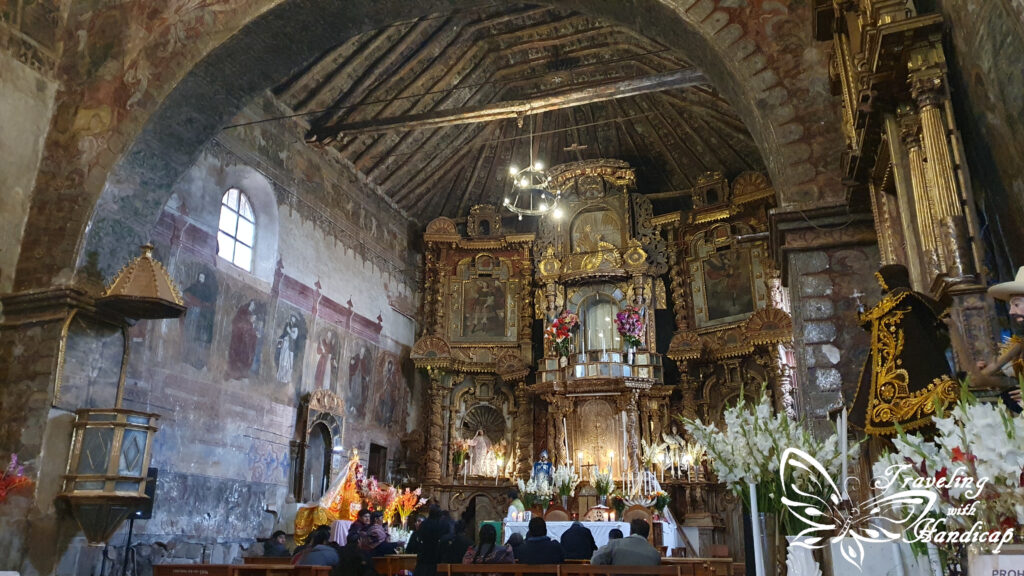

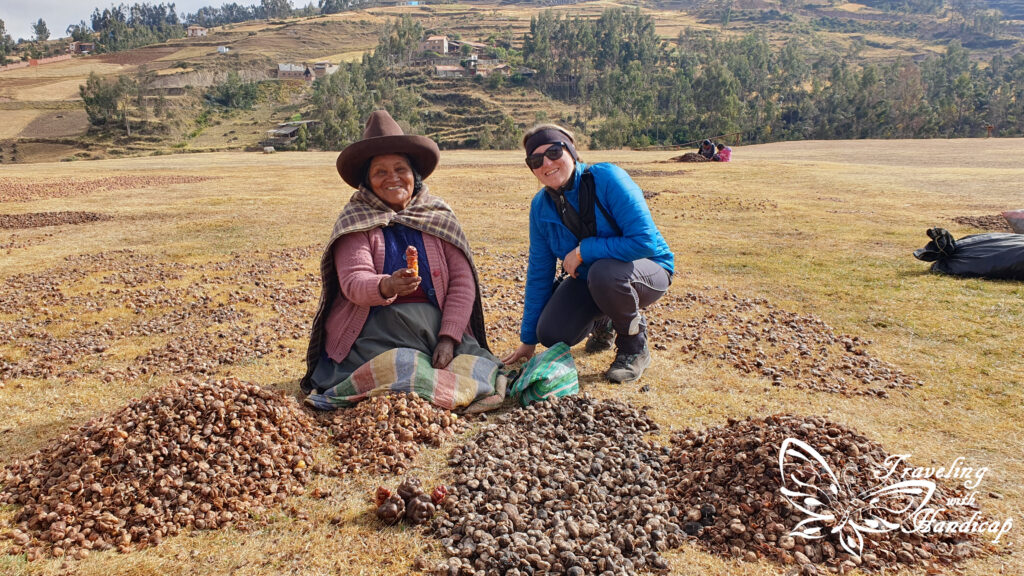
Moray
Moray is not a ruin but rather a special complex that the Inkas have used to experiment with plants. A huge variety of seeds has been found, even from the Amazon region. The circles of Moray are not too special just for the view. Only by knowing the background story it gets quite interesting.
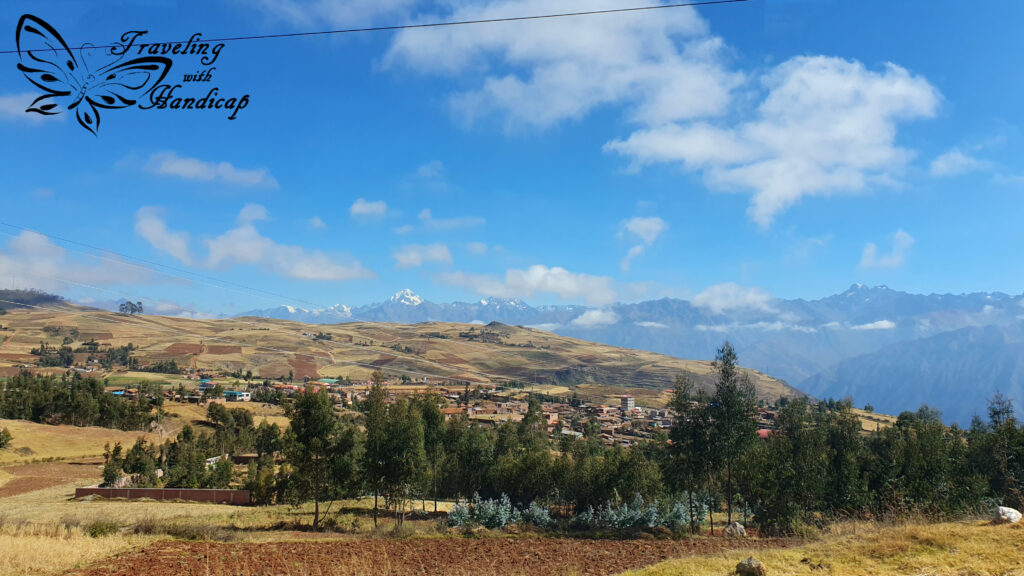

Inka salt pans of Maras
Maras is the only place of the one-day Valle Sagrado tour which is not included in the boleto turistico. Thus, the tours all offer you to not enter and wait at the upper viewing area. Nevertheless, it seems as if all tourists enter the salt plants. I am not sure how much of them are from the Inka time. In my personal opinion, the salt pans themselves are not special, but with the landscape they are embedded in, they look really cool.

Parque Arqueológico Ollantaytambo
Ollantaytambo was my personal highlight of the Valle Sagrado. This fortress was of great religious importance and has not been completed until the arrival of the Spaniards. When climbing up the many stairs, you still see parts of six huge red granite monoliths. These weight up to 50 tons and are part of the “to-be” temple of the sun. I really wish we would have stayed there for more time.
However, we were in some rush, since Ollantaytambo is the town with the train station connecting to Aguas Calientes. While some trains start/end in Cusco, all trains pass Ollantaytambo. Therefore, many travelers consider the Valle Sagrado tour on the day before visiting Machu Picchu. Like this, they don’t go back to Cusco but jump on the train in Ollantaytambo to Aguas Calientes.


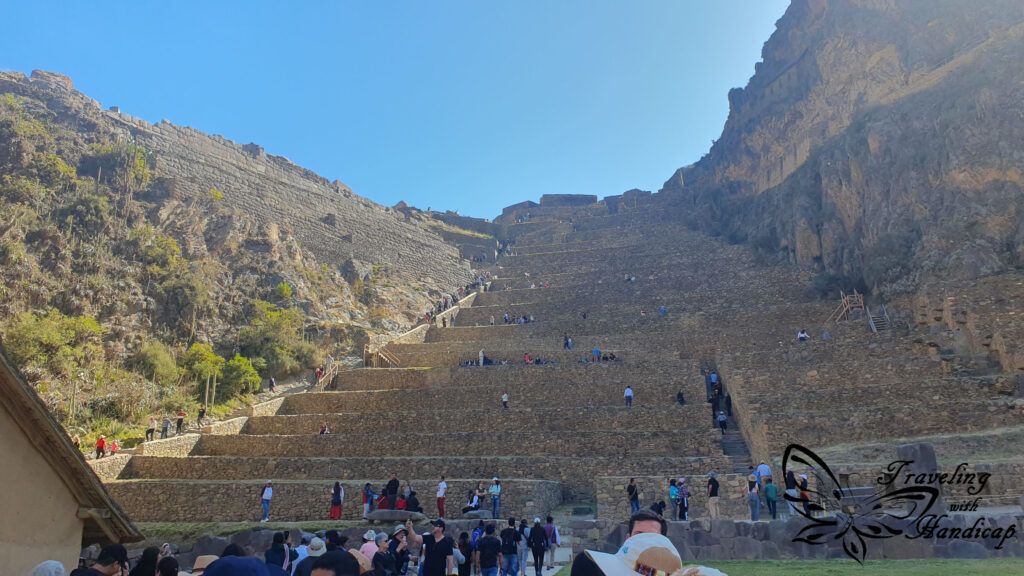

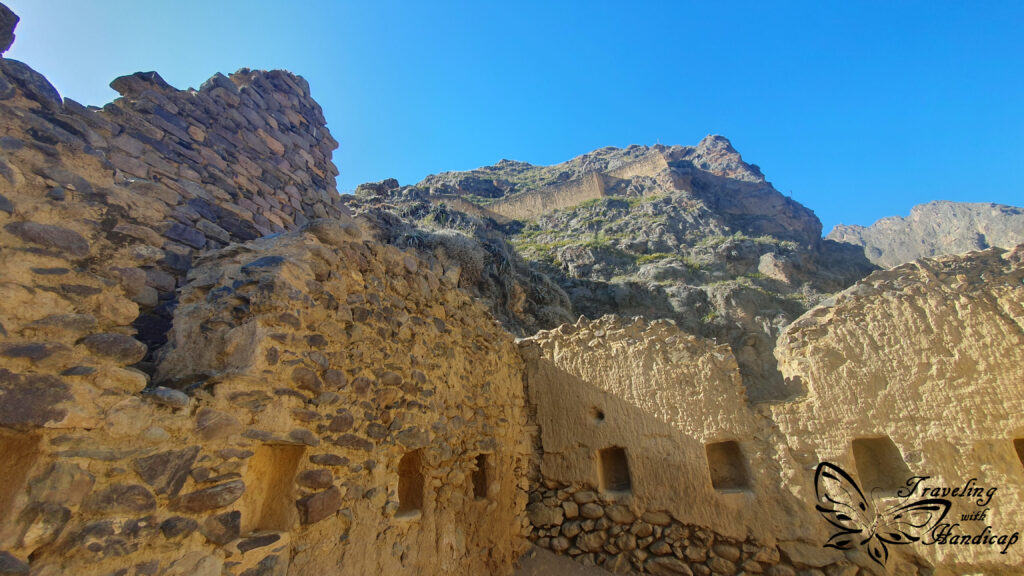
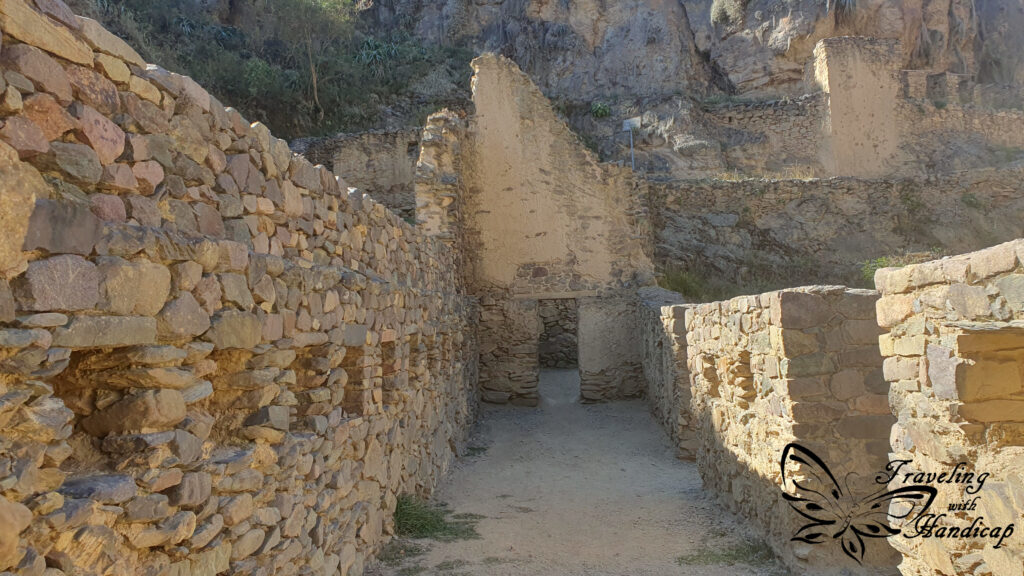
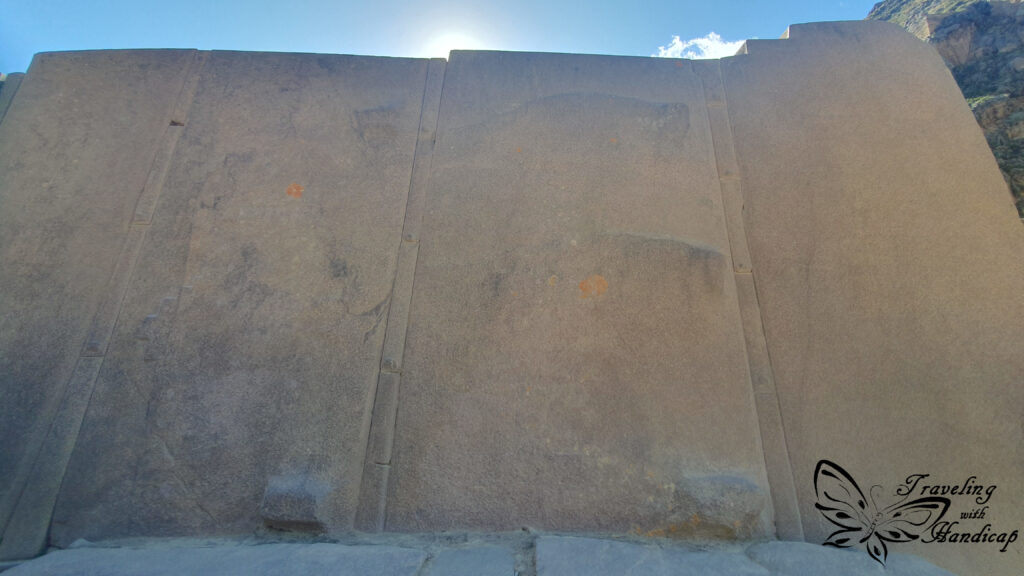
Parque Arqueológico Pisac
The final stop of the tour was only with a small group of people because many stayed in Ollantaytambo. It was quite some hours of drive away. I have read that Pisac would be a former Inka city while our guide told us that it has been built by pre-Inka people. I am not really sure but would assume that the huge cemetery and the underground passage would be by pre-Inkas.


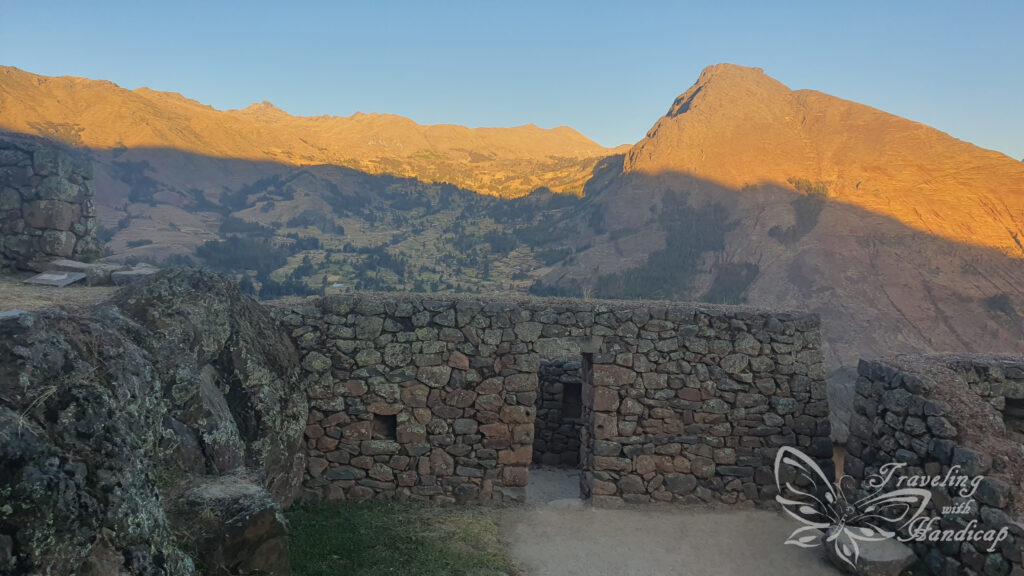
Further recommendations for visits
There are so many more places in and around the Valle Sagrado which you may visit if you have more time than just the one-day tour. I have heard that these sights are not very busy as not many tourists come. Like this, you might even experience ruins of Inka towns almost on your own. Actually, this would be how I like it most, walking around and exploring on my own. However, I didn’t want to rent a car on my own and having a private guide just for myself was too expensive. I try to list some ideas of places which I have read/heard about:
Machu Colca (ruins)
Urubamba: Palacio de Huana Capac
Ollantaytambo: Qelloraquay Archeological Site & Punku Punku
Choquequirao Archaeological Park
Oropesa: Tipón (ruins with water channels)
Sights south of Cusco
The rainbow mountain
The rainbow mountain is a daytrip away from Cusco. The viewing area at the top of the neighboring mountain is above 5000 m. From up there you have the view of the mountain with all its stripes. By now, I have visited different multi-colored mountains, two in northern Argentina and this one. While the Mountain of 14 colors was the most spectacular one for me in terms of colors, this mountain was the best with respect to the panoramic view from close distance.
However, when you visit the mountain, you will most likely go with a tour from Cusco. With tour guides. As such, I would expect someone to take care that everyone can reach the top of the mountain as healthy as possible. However, the guides rather rushed the people. Nobody slowed us down walking. Moreover, locals offered horse-transport if you don’t want to walk all the way. I had enough high-altitude experience from Bolivia to hike up in slow speed. As such I had no problems while others who walked too fast had bad headache or were vomiting.




Andahuaylillas
This little village is often recommended because of its historical church. I have not visited it, so I can’t tell. The pictures look quite nice though. In my personal opinion, you may go there by a local bus, if you have some spare time available. However, I haven’t visited it since I thought the village doesn’t offer more than the church. And in this case, the bus ride back and forth needs too much time in my opinion. I would have visited it as a stop to somewhere else, on the way.
